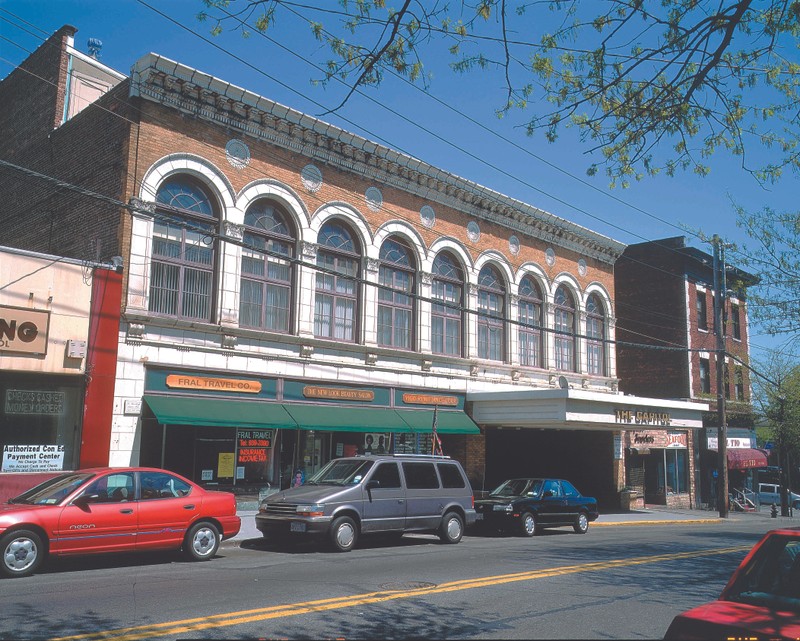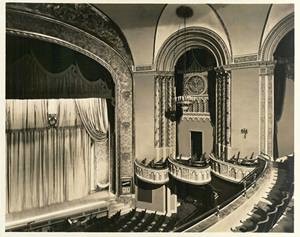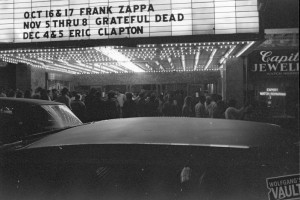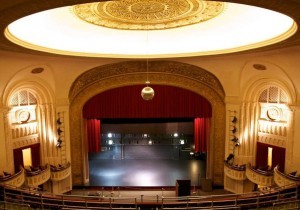The Capitol Theatre
Introduction
Text-to-speech Audio
Images
The Capitol Theatre.




Backstory and Context
Text-to-speech Audio
Port Chester was a vibrant manufacturing center when this 1,800-seat movie and vaudeville theater was built, producing such well-known items as Empire brushes and Life Savers.
The Capitol was one of some 300 theatres, designed by Thomas White Lamb, one of the field's leading architects. Lamb, raised in Scotland, immigrated as a boy to New York City and received his education in architecture at Cooper Union. He soon specialized in the design of dual purpose theaters.
His preferred style was neoclassical until the mid-1920s, but he then decided that something more specifically theatrical was required. The entrance to the Capitol at Westchester Avenue is a relatively simple example of Renaissance Revival architecture, but the interior is a vivid mixture of classical, Medieval and Oriental elements.
Once described as “Byzantine,” its style features so many elements that throwing a label to it is nearly impossible.
Through the 1920s and 1930s the theatre continued to prosper. Films remained a common, inexpensive form of entertainment during the Depression.
However, after World War II, first-run homes such as the Capitol stopped live performances and became less profitable; Port Chester was losing industries and entering a time of economic decline.
It turned into a pornographic film theater by the late 1960s and quit screening films altogether in 1970. It experienced a renaissance in the 1970s, as its acoustics are excellent as a venue for rock concerts.
Many stars played there, from the Grateful Dead to Janis Joplin, but these events' late hours and raucous atmosphere contributed to restrictions that put the hall out of business in 1976.
During the next few years the property deteriorated badly. It was purchased in 1983 by Marvin Ravikott, a local builder and developer who painstakingly renovated it.
It reopened in 1987 as a theatre-concert hall. The 1990s, with the likes of Phish, Blues Traveler, Spin Doctors and Strangefolk, would see some live music there once again. Both David Bowie and the Rolling Stones performed at the Capitol in 1997.
The market for a venue of that scale gradually slackened. The Capitol Theatre then served as a catering hall for special events, until December 2012, where music entrepreneur, Peter Shapiro, would purchase the theatre.
Since then the theater has hosted many well-known performers and top acts since his ownership began.
The Capitol Theater was put into the National Register of Historic Places in 1984.
Sources
Theatre, The. 2020. "History | The Capitol Theatre". Thecapitoltheatre.Com. https://www.thecapitoltheatre.com/about/history.
Williams, Gray. Picturing Our Past: National Register Sites in Westchester County. Elmsford, NY. Westchester County Historical Society, 2003.
Westchester County Historical Society. Photo by Gray Williams.
The Capitol Theatre
The Capitol Theatre
The Capitol Theatre
